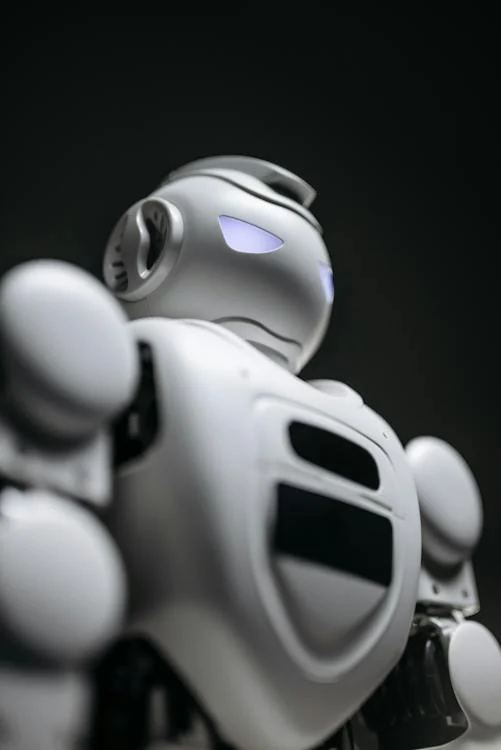Over the years, it is evident that the development of science is continuously advancing. With the different technologies present in our modern world, we can say that science already reached am advanced stage, wherein we can see several scientific wonders existing in our world today.
One of the popular creations of science are robots, which we see in various designs and capabilities. Robots are well-known in our modern world to perform simple to complex tasks, designed to help humans. Furthermore, they are recognized in our pop culture as futuristic machines, wherein they appeared in movies, tv shows, books, and many others. The influence of robots made a significant impact on our society, which often becomes an icon of the future.
Because of the popularity of robots, scientists devoted a scope of study mainly related to these modern machines. This branch of science is called robotics, which is categorized under physics. The more profound study of robots led to the invention of several technologies, which made a breakthrough in our fast-paced world.
For us to learn further about the wonders of robotics, let us look into its more in-depth definition and history.
What is Robotics?
As mentioned earlier, robotics is a branch of science devoted to the study of robots. A more profound definition of robotics is that it serves as a science of technology in the design, fabrication, and application of robots. From the name itself, robotics mainly focuses on study, observation, experiment, and implementation related to robots.
As a branch of science, robotics aims to create intelligent machines designed to help humans in everyday tasks. Similar to common conceptions of robots in our pop culture, they are created in a variety of designs with various functions from how they are programmed.
Robotics developed a diverse study of robots, wherein it creates intelligent machines capable of replicating human actions and decisions. Interestingly, our modern world utilizes robots in various ways – industrial, military, personal, and many others.
What is the origin of robotics?
We can trace back the history of robotics to the 20th century when the American mathematician and philosopher Norbert Weiner came up with the principles of cybernetics.
Cybernetics shows a transdisciplinary approach in researching and studying regulatory systems. These systems include structures, constraints, and possibilities. This practice was developed by Weiner in 1948, which mainly focused on ‘the scientific study of control and communication in the animal and the machine.’ The principles of cybernetics were vital to robotics since it served as the basis for practical robotics.
Interestingly, the appearance of fully autonomous robots only existed during the 20th century. In 1961, the first digitally operated and programmable robot was created to assist humans in lifting hot pieces of metal from a die casting machine and stack them. The name of the robot was Unimate, which was categorized as an industrial robot. It was designed to work on a General Motors assembly line in New Jersey.
Unimate was an invention of the American inventor George Devol. He originally filed for the patent in 1954 and had it granted in 1961. The success of his work gave him the interest to start the world’s first robot manufacturing company, along with his business associate Joseph Engelberger. Based on thename of their first robot, they named their company ‘Unimation.’ The creation of the robot made a breakthrough in the development of robotics, and it also sparked the interest to other scientists and robot enthusiasts to innovate. Its design and practicality influenced scientists devoted to the field of robotics. The success of Unimate gained its recognition and was inducted into the Robot Hall of Fame in 2003.
In our modern world, commercial and industrial robots are widespread due to their efficiency. Several industries use robots to perform jobs more easily, accurately, and efficiently than humans. Most of the jobs performed by robots are those that are too dirty, dangerous, or dull for humans. An example of this is bomb-detecting robots, which specializes in defusing bombs and prevent humans from harm. Furthermore, robots are also used in manufacturing, transportation, surgery, laboratory research, and many more.
The use of robots is evident in our world today, and many scientists continue to develop improved versions of intelligent robots, which would help humans over the years.
